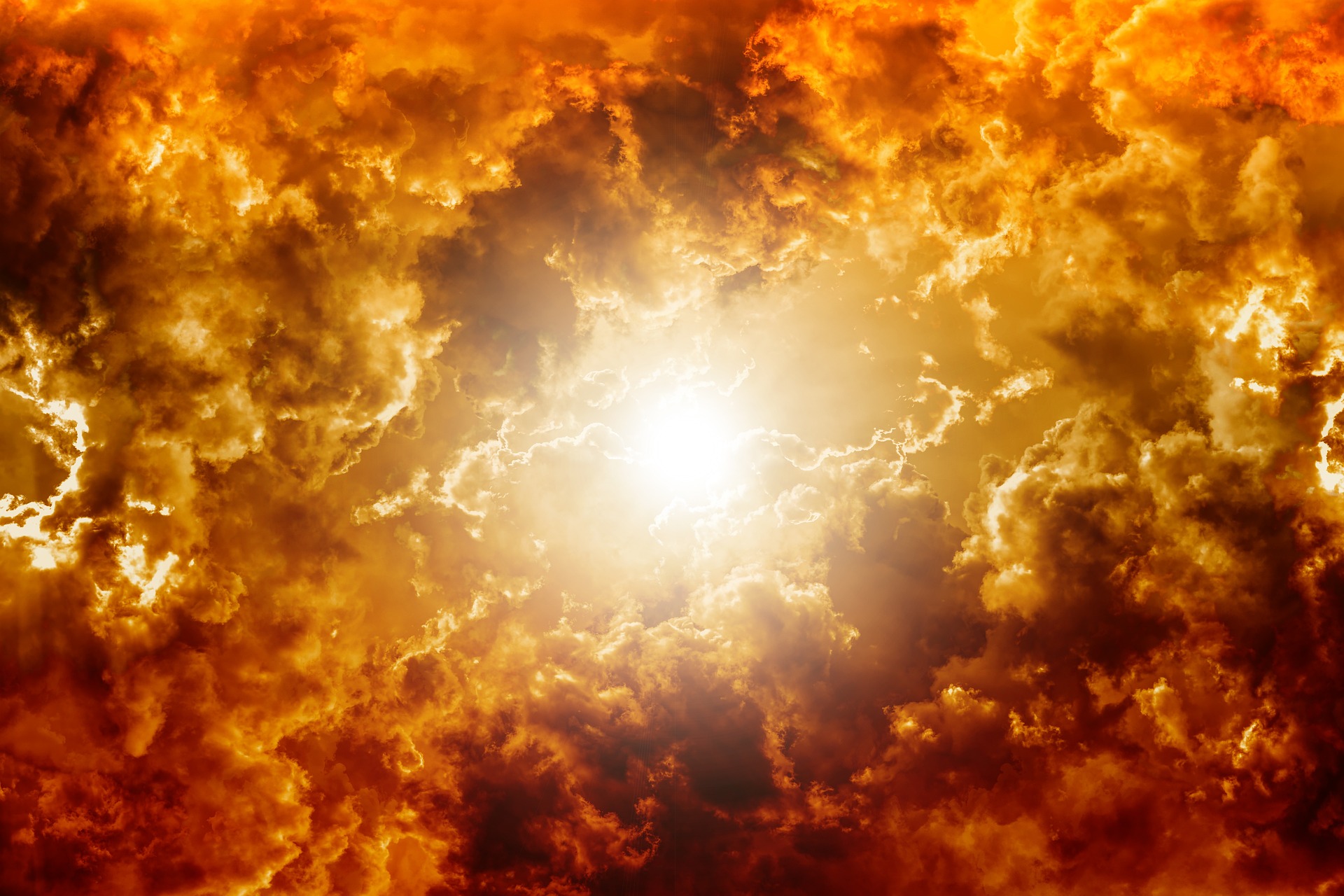The strongest solar storm since 2015 swept across the Earth the night to Monday. In Austria, this led to sporadic sightings of auroras. “How exactly a solar storm affects the Earth depends strongly on its magnetic structure. Intensive research is being conducted in this area worldwide to predict solar storms as early as possible,” said Christian Möstl, head of Geosphere Austria’s space weather office in Graz.
The sun constantly sends radiation and charged particles into space. If this particle stream (solar wind) is significantly more vital for a short time in a limited area of the sun, it is called a solar flare. Suppose radiation and particles from a solar flare hit the Earth’s magnetic field. In that case, this solar storm can cause auroras, for example, and in extreme cases, even disrupt navigation systems and power grids.
A solar flare occurred on Friday, and its solar storm hit Earth on Sunday evening at 1 a.m. Monday, Earth was in the core of the solar storm. “Our measurement and prediction systems already indicated on Saturday a very probable structure of the current solar storm, which is actually measured by satellites at the moment. This storm is even a tiny bit stronger than the storm on March 24 this year. These two magnetic storms represent the strongest events since June 2015,” Möstl said.
Photos of possible auroras in Austria on Monday night are circulating on social media portals. There were even very pronounced auroras from North America to the southern United States on Monday. “The intensity of the solar storm should decrease in the course of Monday, so there should be rather no auroras in Austria in the night to Tuesday,” Möstl predicted.
The sun is increasing magnetic activity, which is expected to peak in 2025. The frequency of geomagnetic storms and northern lights will increase in the coming years.
Space weather has only been studied more intensively for about 30 years. It has been shown that solar storms have occurred in the past 150 years that would have devastating effects on today’s technical infrastructure. The recurrence rate of such super solar storms is about 50 to 100 years.
Due to the potential impact of space weather on air traffic and critical infrastructure such as power grids and satellite navigation, research on space weather and the development of forecasting and warning systems is becoming increasingly important. Geosphere Austria is working on several projects to predict space weather. It operates the Conrad Observatory, one of the world’s most advanced geophysical observatories, measuring space weather and solar storms.
- source: APA/picture: Image by Gerd Altmann from Pixabay
This post has already been read 2104 times!



